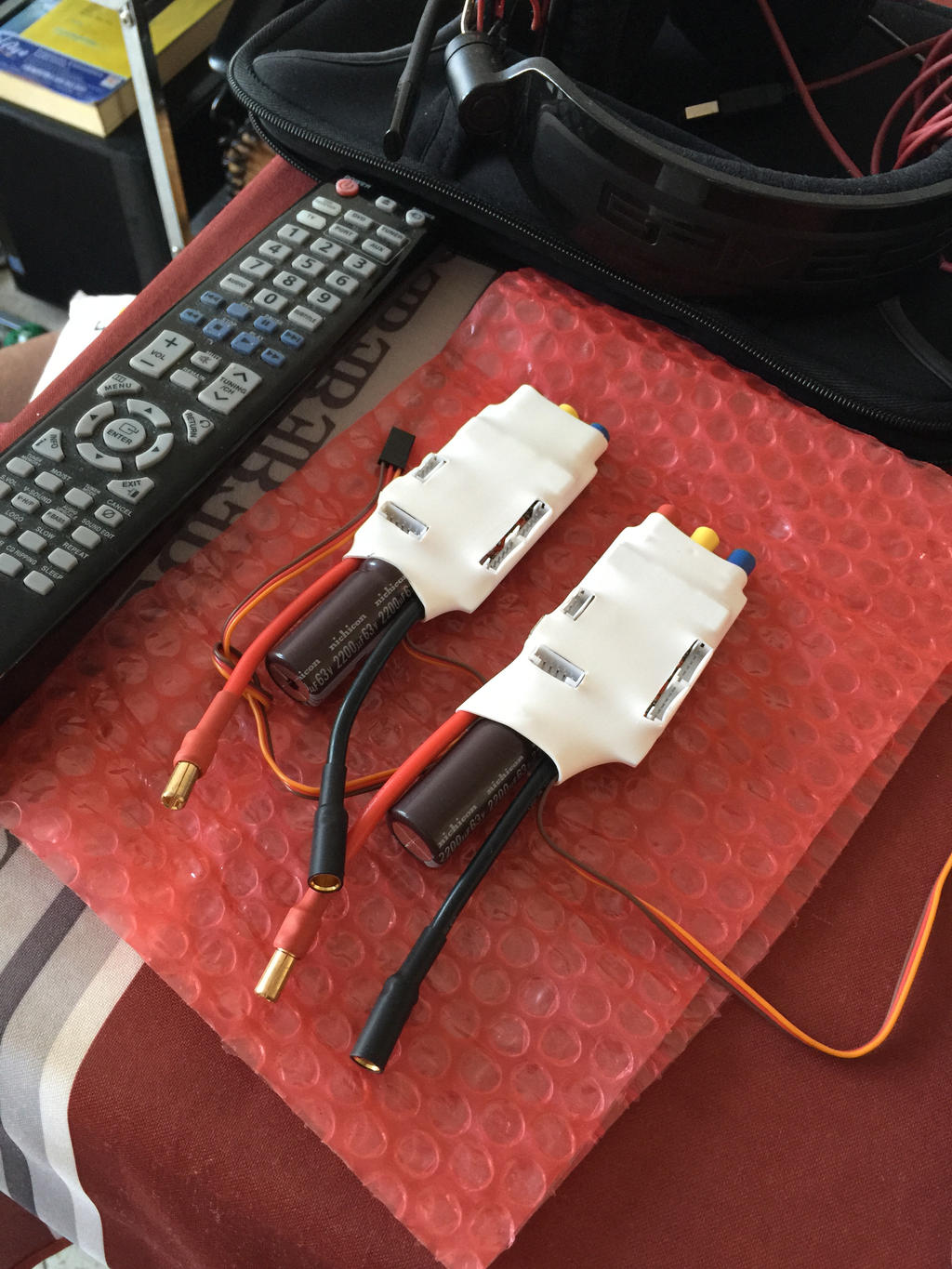Tested the VESC first time today, everything went fine until the VESC stopped responding in the middle of a fast ride and kept the motor speed where it was. It was just continuing at the same speed, not stopping at all, completely out of control.
There was no reaction on braking or anything, Nunchuk had optimal connection. The only way to stop the motors spinning was to run after the board and to switch it off. Since this can be very dangerous I'll need to find out the cause for this (I was able to jump off the board without accident, but nevertheless, if this happens somewhere with traffic or a crossing it might be fatal).
I tried to replicate the effect, but the only other behavior I experienced was that the VESC was not responding after a couple of minutes driving (no reaction on any Nunchuk movements, but at least not keeping the motors running) and I had to switch the board on and off again and it worked for another couple of minutes. Motor was not hot at all, VESC was cold too, batteries fully charged.
My setup: 7S2P Lipos (35C) with 50A BMS, Alien Power Switch, 5060/270KV Motor, Kama Nunchuk, newest FW 1.3 & BLDC Tool, did all the steps necessary in BLDC without changing anything after motor was recognized and data saved , the only change I made was enabling reverse on the Z-Button and the Nunchuk remote in the App Tab.
About the Nunchuk: the receiver is located outside of the box to ensure reception and it never lost reception (I am quit aware about problems wich might occure with the Nunchuk, but it this case the problem must be at the VESC.
Any ideas how to solve this? Is there anything I could change to avoid this in the future in the BLDC Tool?
Please don't get me wrong, it's just fun to drive the VESC and it is by far the best ESC I ever had! And testing should anyway always be done in deserted areas!




